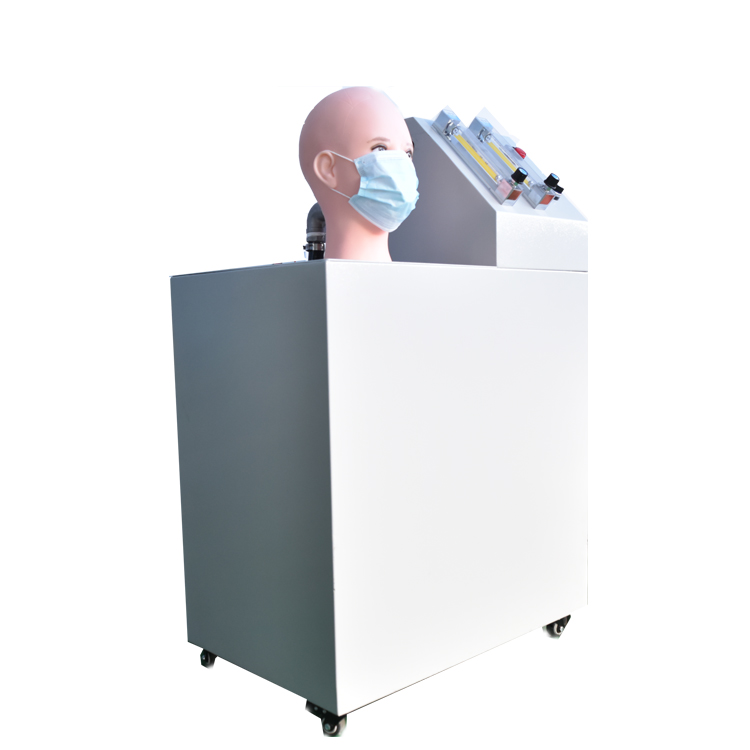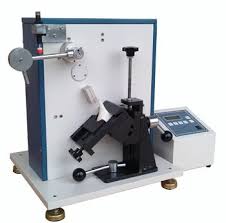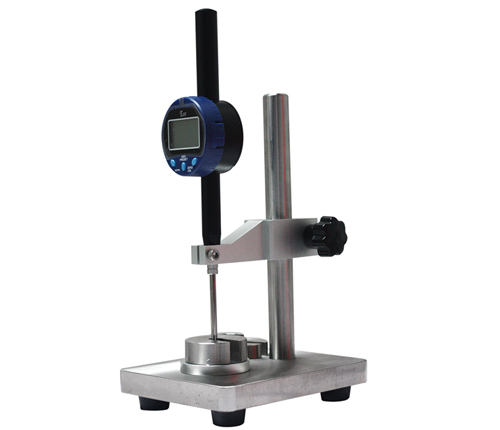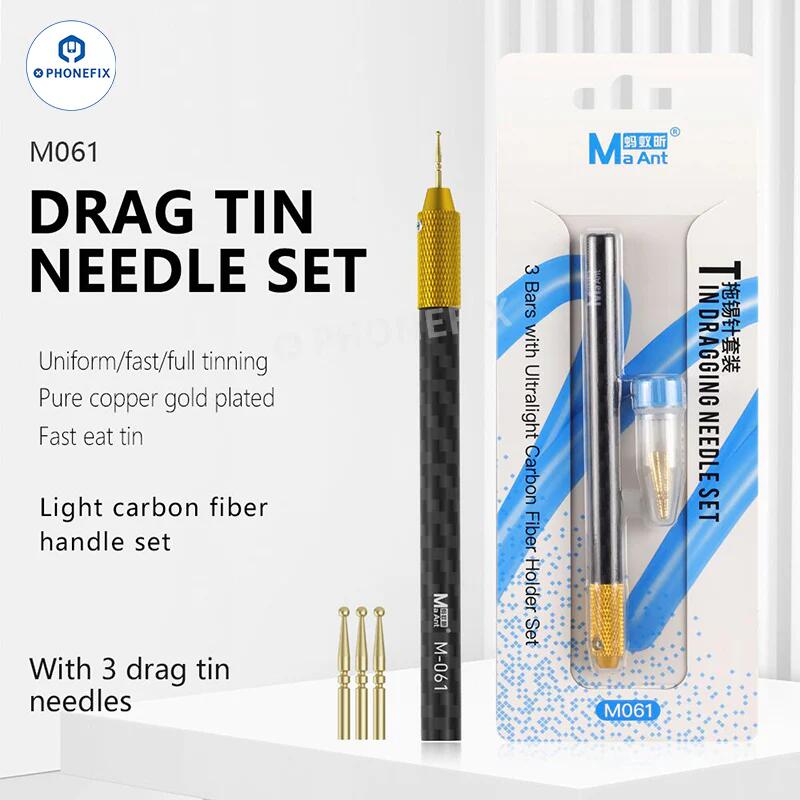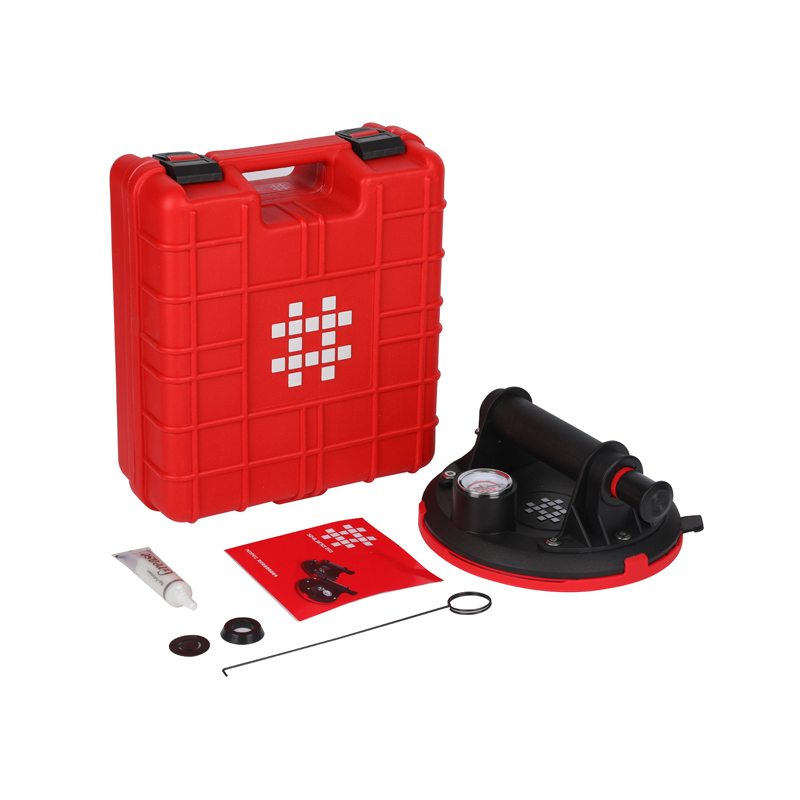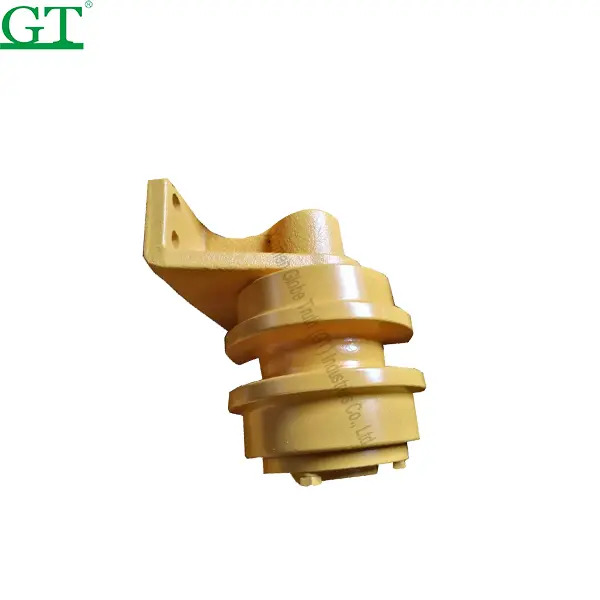Mask Breathing resistance testing machine
Standards:
EN149-2009 section 7.15, 8.3.4, EN 13274-3, GB 19083, GB 2626, NIOSH 42 CFR Part 84, JIS/T 8151
Applications:
Mask Breathing resistance testing machine is used to measure the respiratory resistance and expiratory resistance of respirators and masks under the specified conditions.The flow rate for inhale resistance test is 30L/min and 95L/min.
Product Information:
Mask Breathing resistance testing machine:
Mask Breathing resistance testing machine is used to measure the respiratory resistance and expiratory resistance of respirators and masks under the specified conditions.The flow rate for inhale resistance test is 30L/min and 95L/min.
The flow rate for exhale resistance test is 160L/min. And the flow rate for the flow impact test is 300L/min.Applicable to the national labor protection supplies inspection agency, mask manufacturers related inspection and inspection of ordinary masks, dust masks, medical masks, anti-fog mask products.
Mask Breathing resistance testing machine Maintenance:
1. Do not carry it by the bottom of the control box during transportation to avoid being crushed.
2. Please wipe the electroplated part with oil to prevent rust and keep bright.
3. After the test, please wipe the machine clean, and regularly oil the active fulcrum to increase its service life and sensitivity. (The lubricating oil can be mixed with butter and a little engine oil)
4. Please wipe the panel (control box or display) with a dry cloth to prevent it from getting wet, so as not to damage the IC electronic parts.
5 Please place all fixtures and joint accessories properly, and wipe off the anti-rust oil to prevent rust.
Non-woven Mask Respiratory Resistance Tester Features:
1. Touch screen control, English menu, man-machine dialogue mode, easy operation.
2. Built-in thermal printer, it is convenient to quickly print test results on site.
3. Two modes of breath detection and inhalation detection can be set.
4. The automatic switching device of the respirator pipeline solves the problem that the tester pulls out the
pipe and accidentally connects the pipeline when testing.
5. 3D printed standard head mold, which simulates the actual inhalation and exhalation of the human body,
improving the accuracy of the data.
Loading











